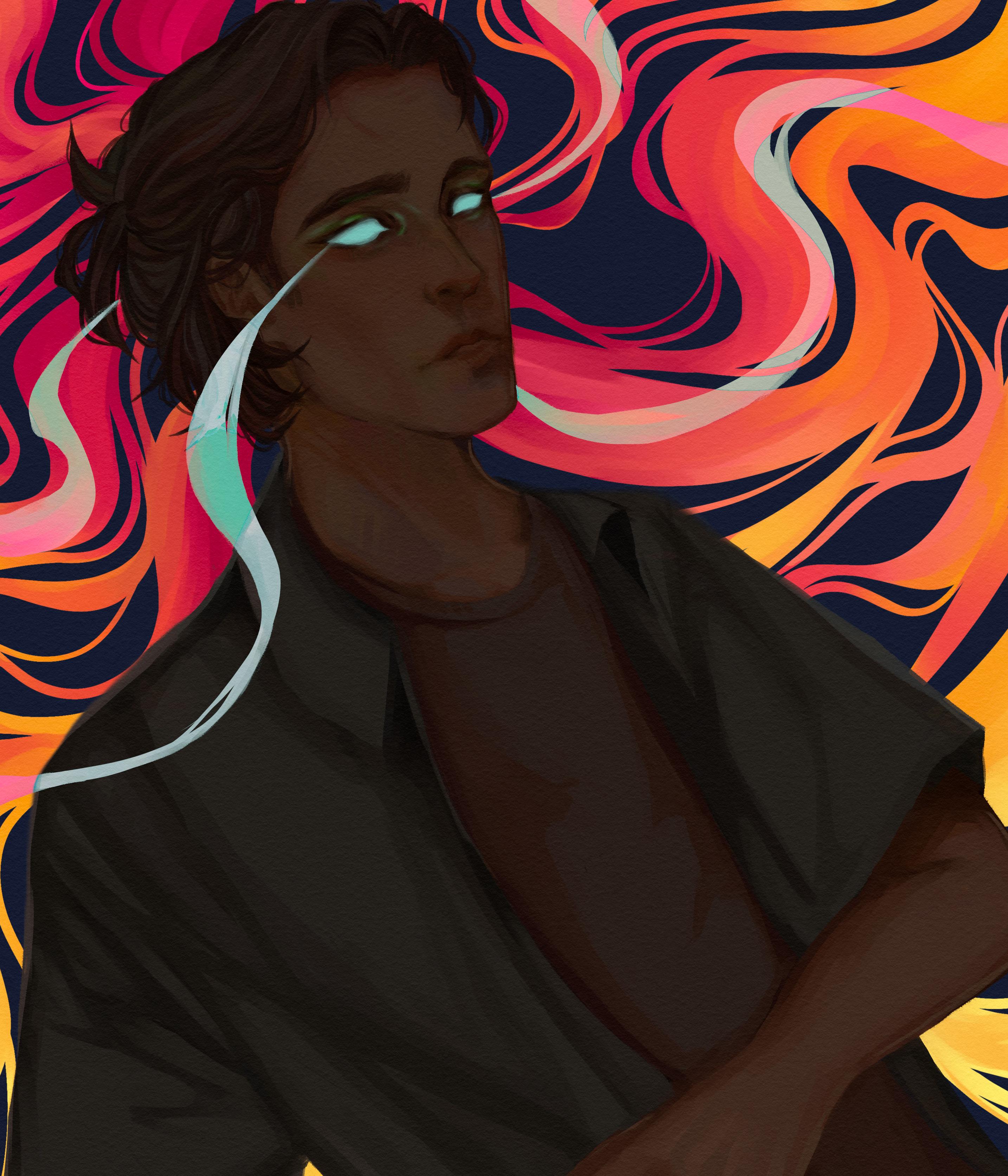

Imagine venturing out at night with no ashlight, lantern, or streetlight to guide your path; all you have to rely on is your night vision. is imaginary scene was reality for our human ancestors, and studies investigated exactly how well our human ancestors could see in dim light. Stanford researchers published a study in Scienti c Reports analyzing and mapping night vision genes in animals throughout the evolutionary tree. e method used genomes as a record to determine when night vision genes became enhanced in early mammals, providing insight as to when humans switched to bright-light vision from night vision.

As time went on, humans could control re and eventually harness light sources through the invention of electricity. is led to various advancements for humans. Machine learning researcher Rajesh Talpade explains in his article published by arti cial intelligence company, Clarifai, that a er humans discovered ways to harness light sources, they could establish more stable sleep patterns. ese stable sleep patterns allowed humans more hours during the day to acquire food and knowledge, as well as communicate with each other. Sleep patterns also led to humans sleeping for longer periods of time, contributing to cognitive development. A study published in the National Library of Medicine found that sleep plays a signi cant role in insightful, inferential thinking, as well as consolidating memories, suggesting that improved sleeping habits progressed Homo sapien evolution.
Talpade also reveals that although the ability to harness light led to innovation, excessive use of light sources such as bon res, lamps, and candles led to refractive errors. Refractive errors are de ned by the World Health Organization (WHO) as common eye disorders resulting in blurred vision and even visual impairment in severe cases. Examples of common refractive errors include nearsightedness and farsightedness. A study conducted by M.A. Cotin and published by PubMed explains that prolonged exposure to light may cause retinal damage, depending on the intensity of the light and length of exposure. e Gerstein Eye Institute explains that bright light can cause the retina’s light-sensing cells to become overstimulated and cause the cells to release massive amounts of signaling chemicals, injuring the back of the eye. Damaged vision can result from staring
at the sun for long periods of time and continued exposure to light sources such as candles or lamps. e human eye, a er being exposed to intense light sources, will degrade over time.
However, human innovation increased alongside visual impairment and limitations. According to the Atlantic Eye Institute, eyeglasses were invented to address nearsightedness. However, farsightedness arose and also became common during the 13th century. e rst eyeglasses emerged in Italy and were most popular among monks. In their article “Making microscope lenses in the 1600s,” the Corning Museum of Glass published that optometrists in the 1600s analyzed glass lenses further and developed microscopes and telescopes. ese inventions allowed for more broad scienti c discoveries. Today, according to the Vision Impact Institute, three out of four people use at least some sort of vision correction, and 71% of them wear eyeglasses daily. Human innovation in corrective lenses allowed people to overcome the challenge brought on by human-made light sources.
Although human night vision today has evolved and declined from its peak in human ancestors, the human eye still adapts to low-lit rooms. While the quickest progression in visibility occurs during the rst few minutes of entering a low-lit room, it actually takes several hours for the eye to fully adapt to a dark setting. Dr. Christopher S. Baird explains in his article, published by Science Questions with Surprising Answers, that the eye adapts to low light as the iris expands the pupil to be as wide as possible, allowing the eye to take in more light. e cones in the human eye work as mediators of color vision. Particularly, they contain a light-sensitive chemical called rhodopsin which regenerates and activates when exposed to darkness, improving human night vision. Cone cells, however, take roughly ten minutes to adapt to a dark room. Rods also aid greatly in adjusting to low light conditions, as they are responsible for black and white vision. Compared to cones, rods are much more abundant in the retina and contain rhodopsin. is abundance allows them to detect lower levels of light which, in turn, improves night vision.
It is hard to say what the future holds for the human eye. From computers to phones to televisions, humans are exposed to many screens everyday. e e ects of this high exposure are still unknown. However, history re ects that, as human eye defects arise, people also discover solutions to the problems.






